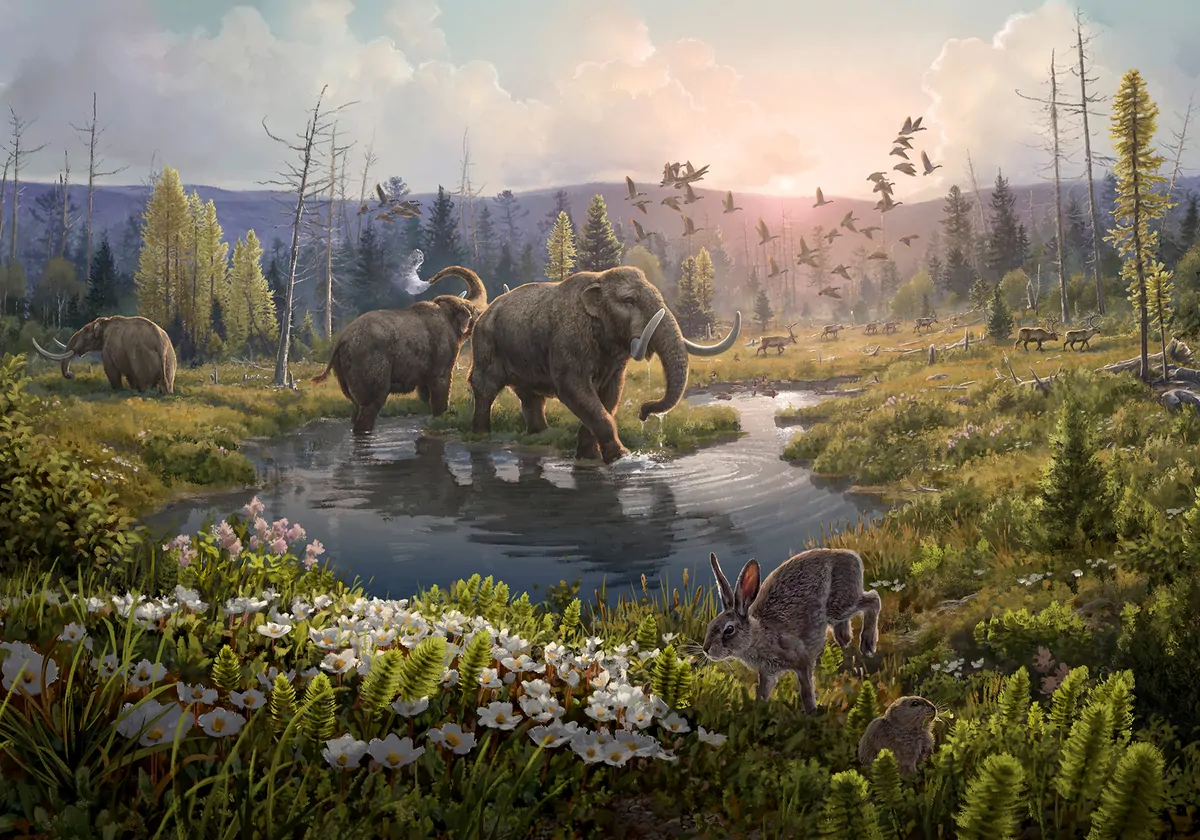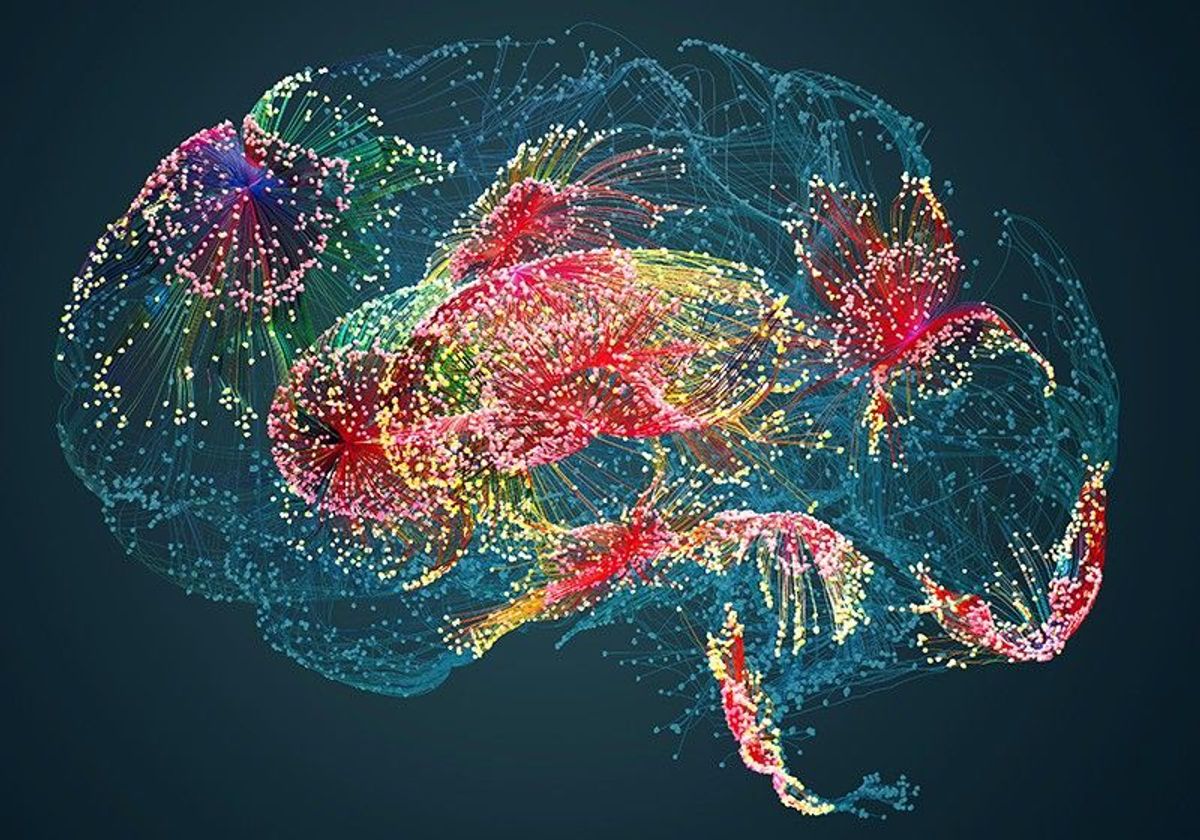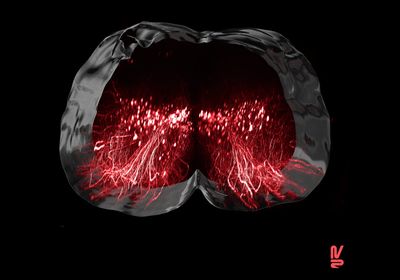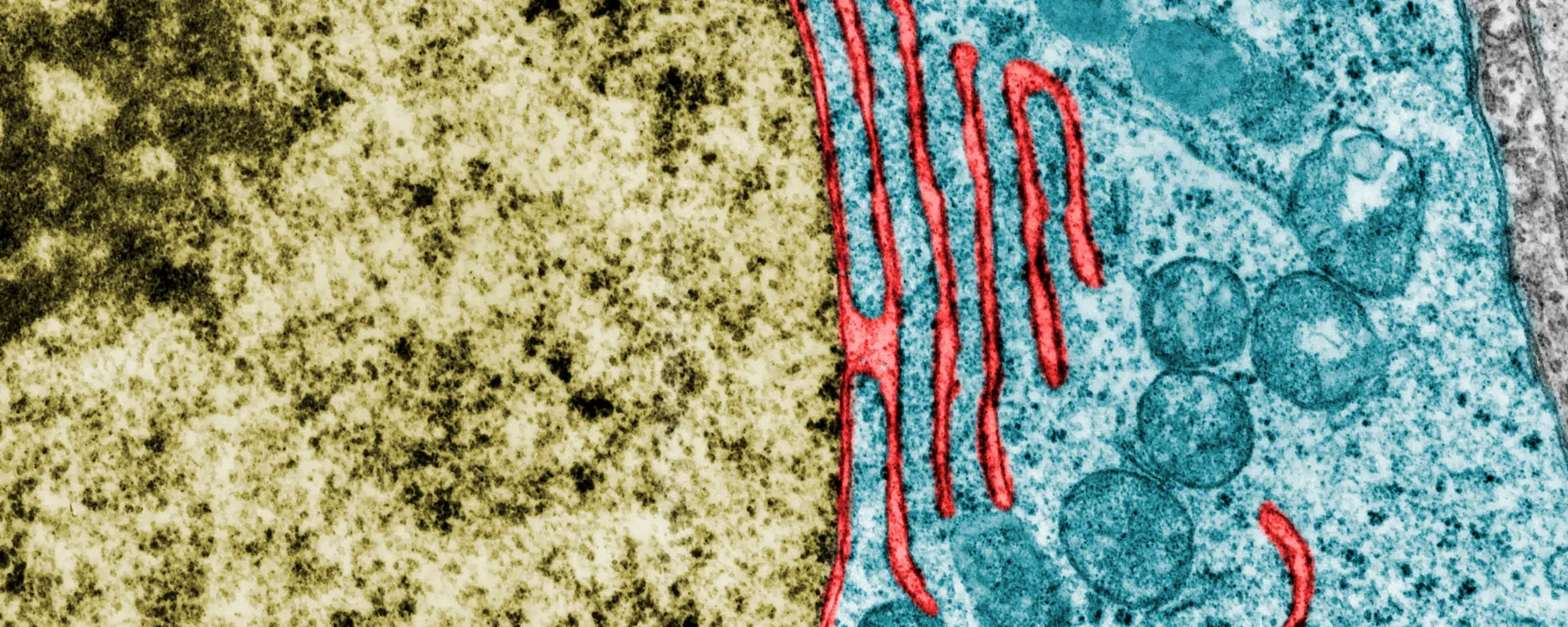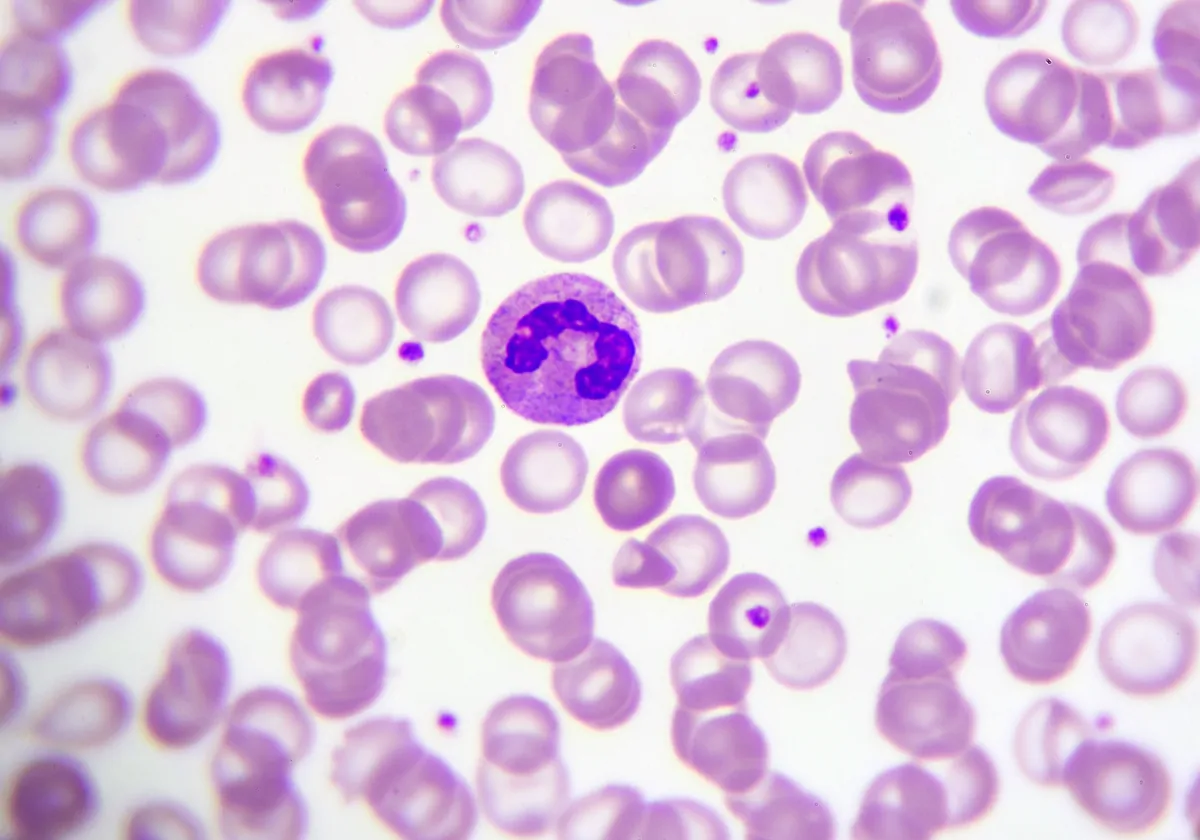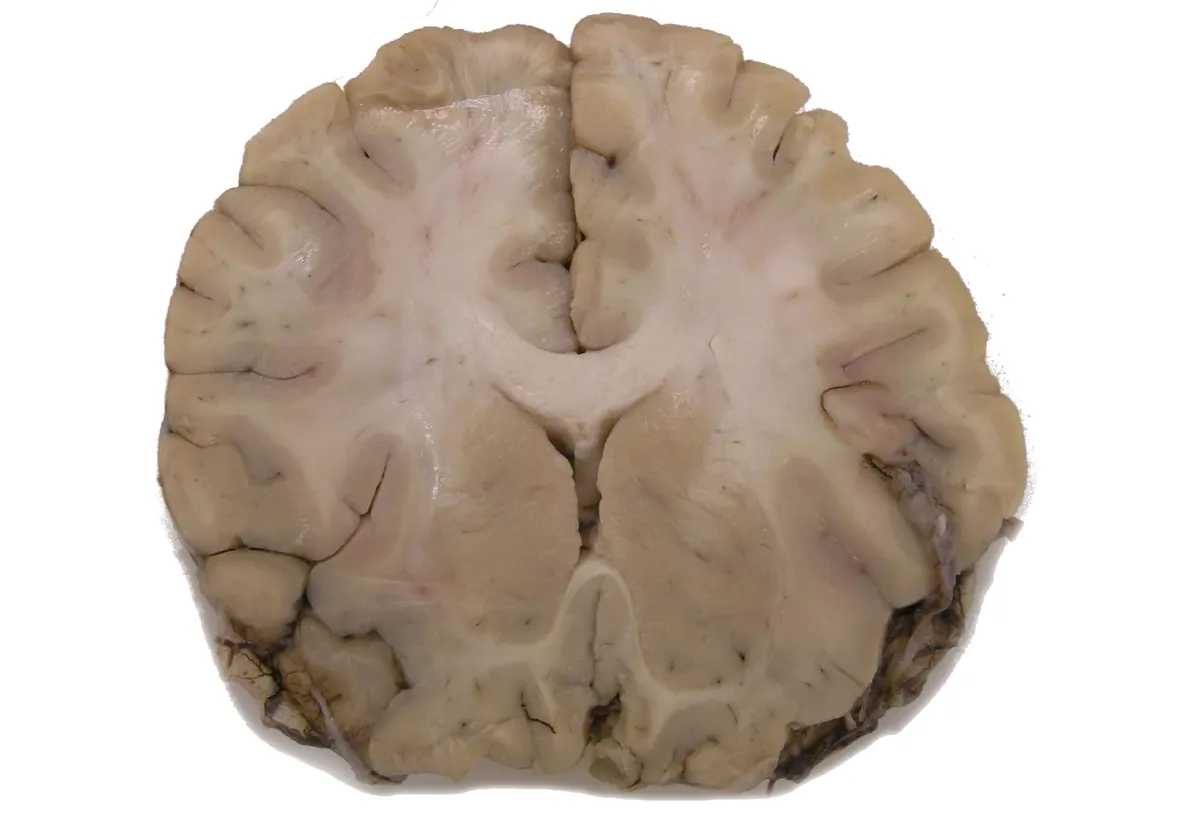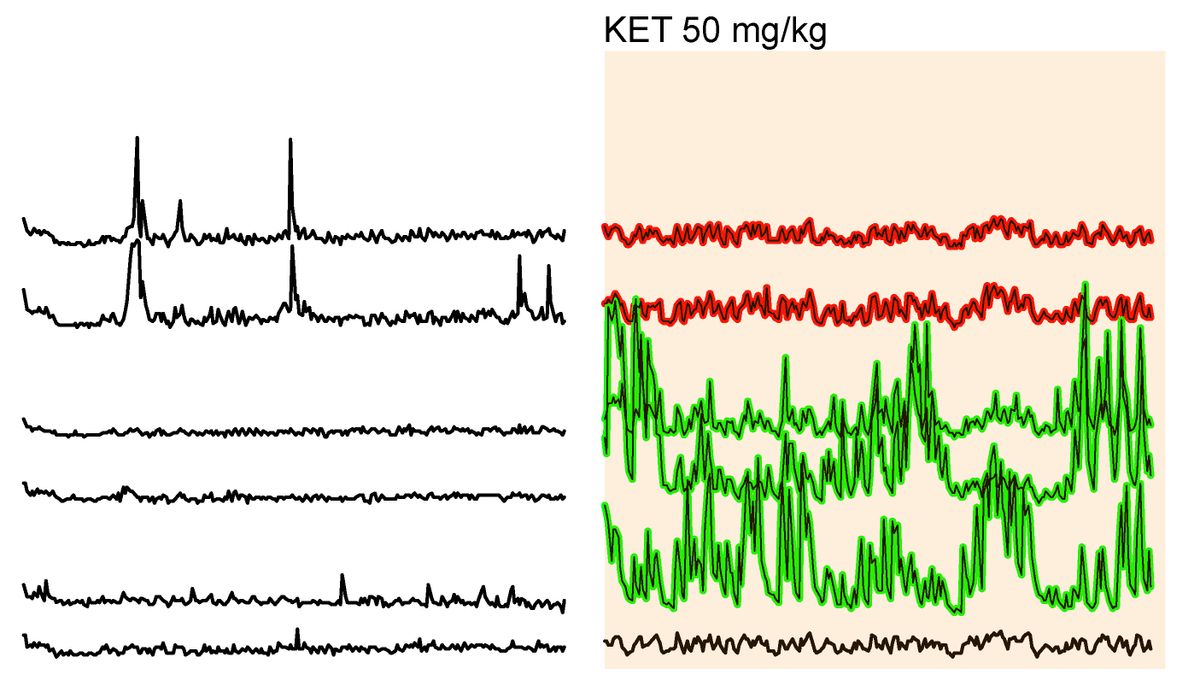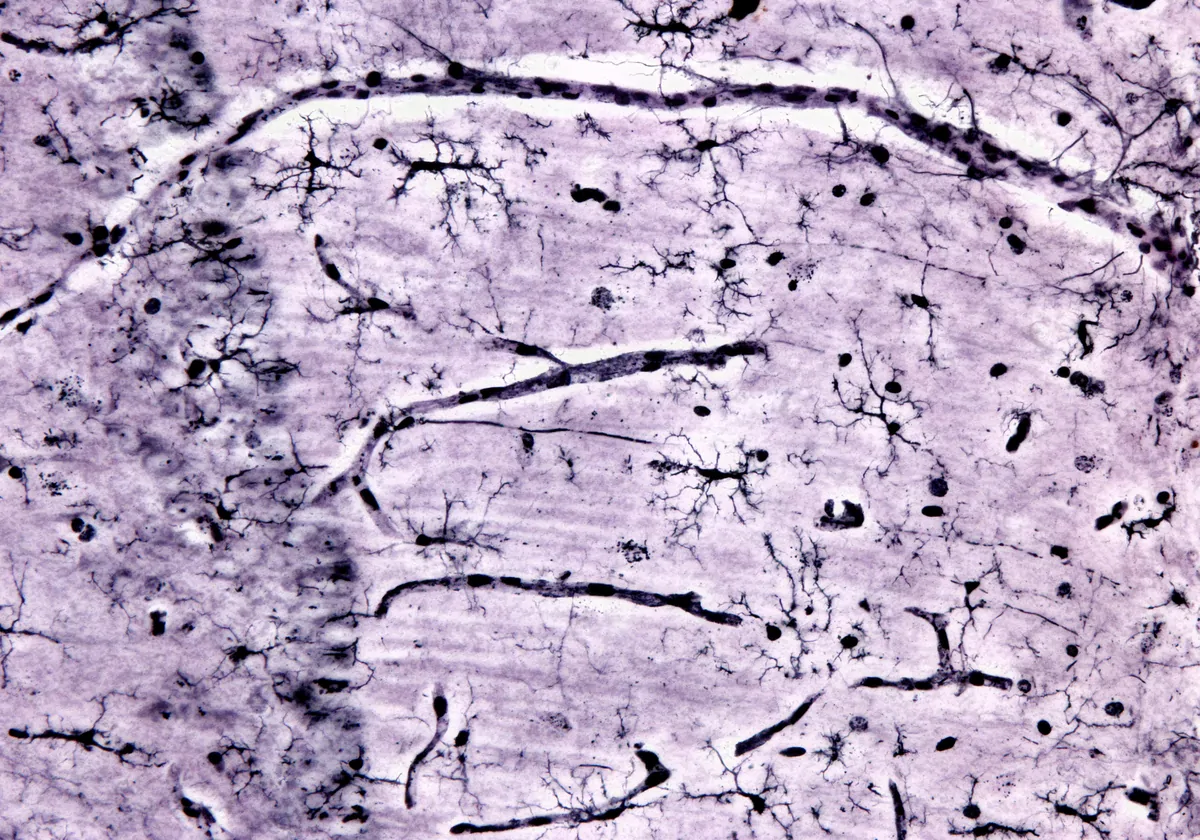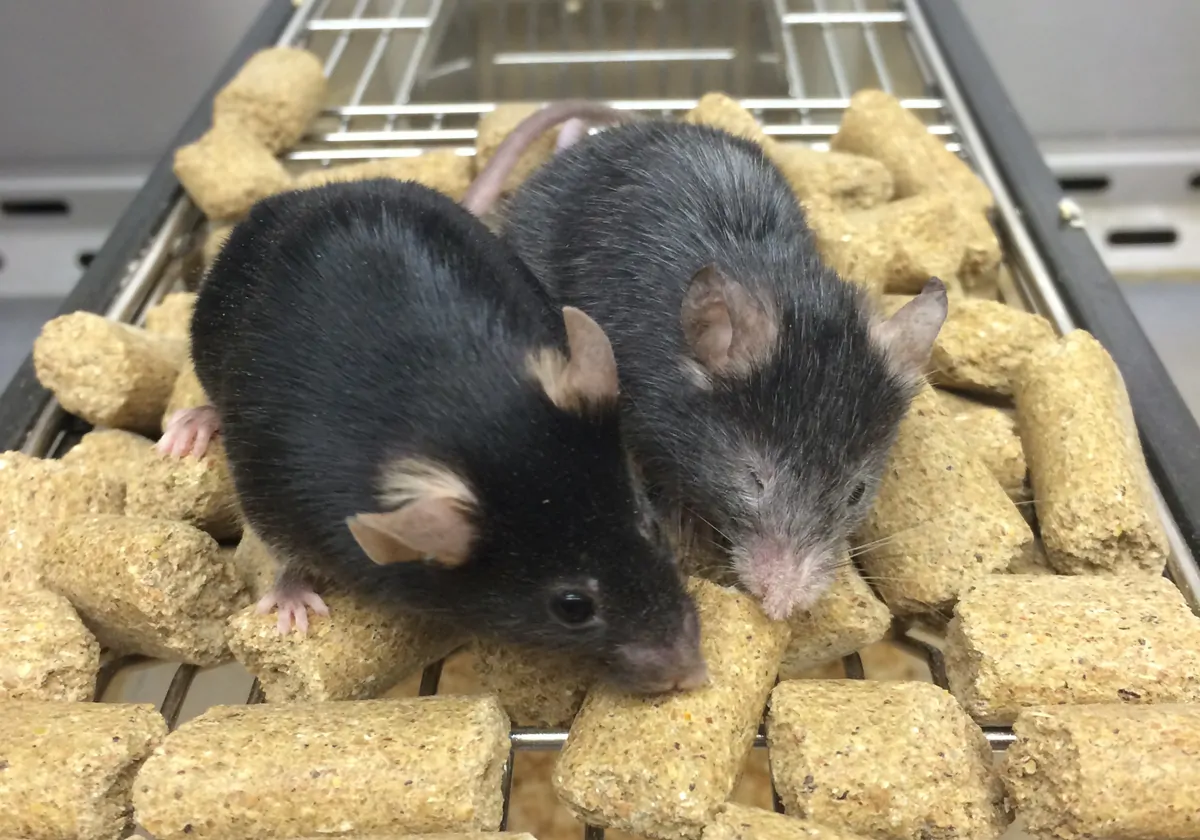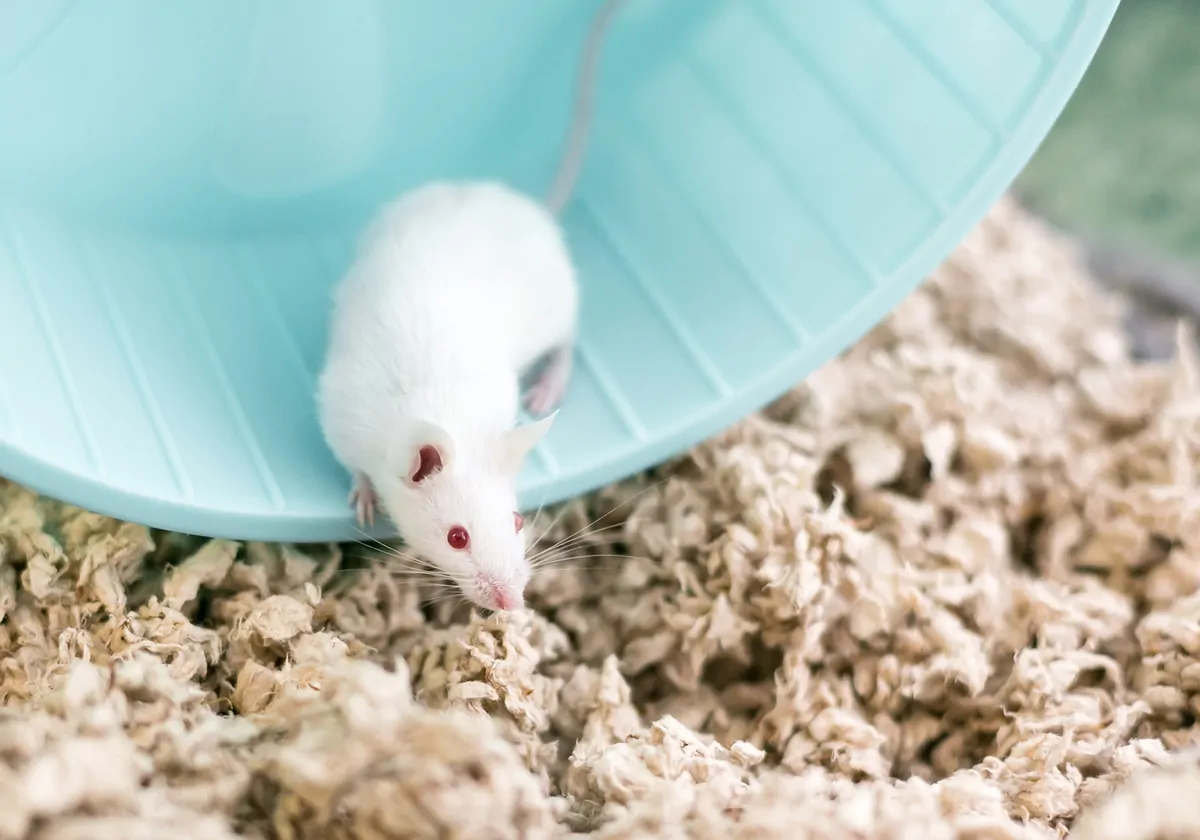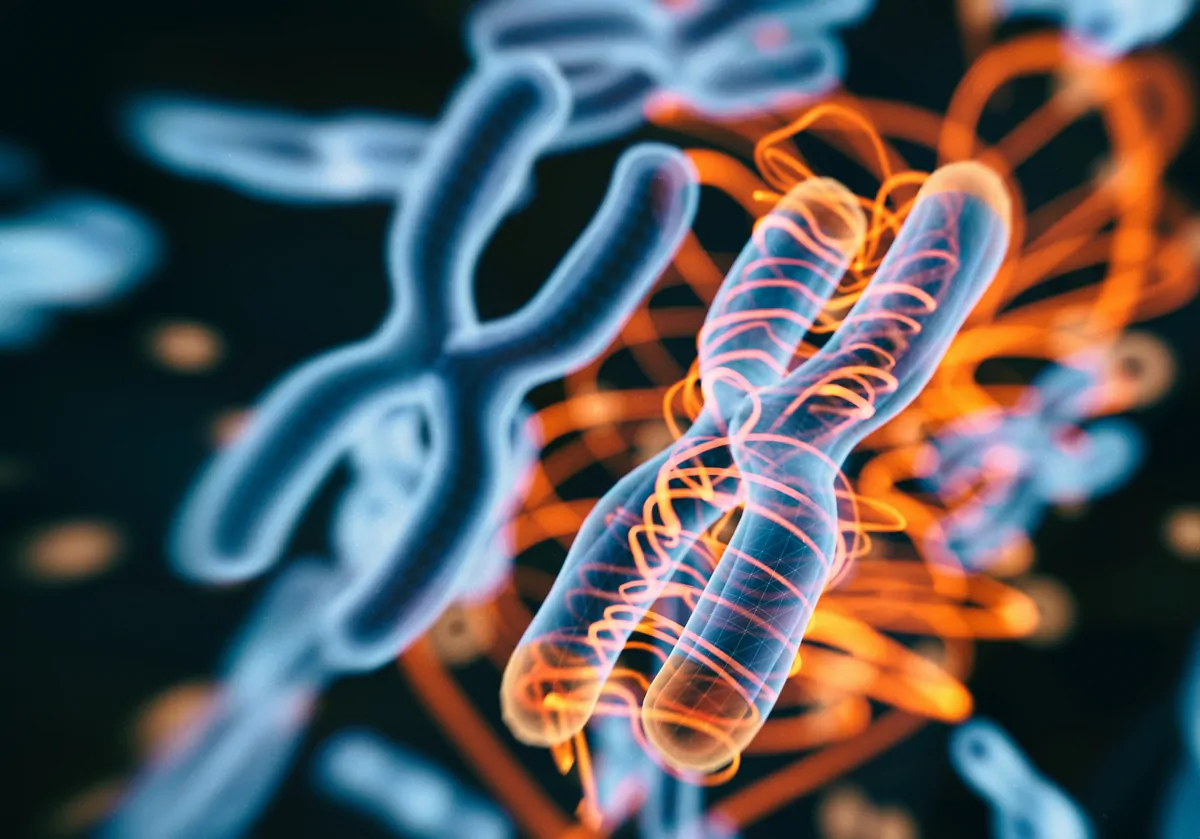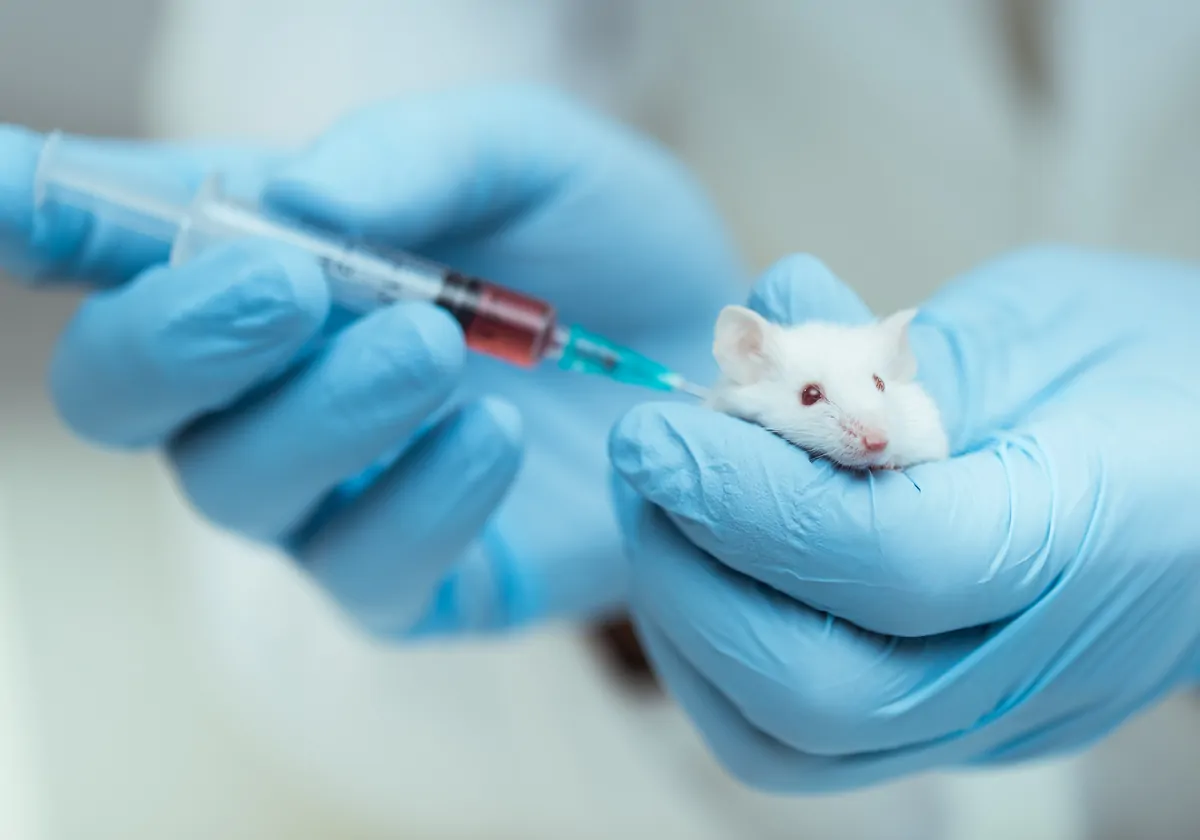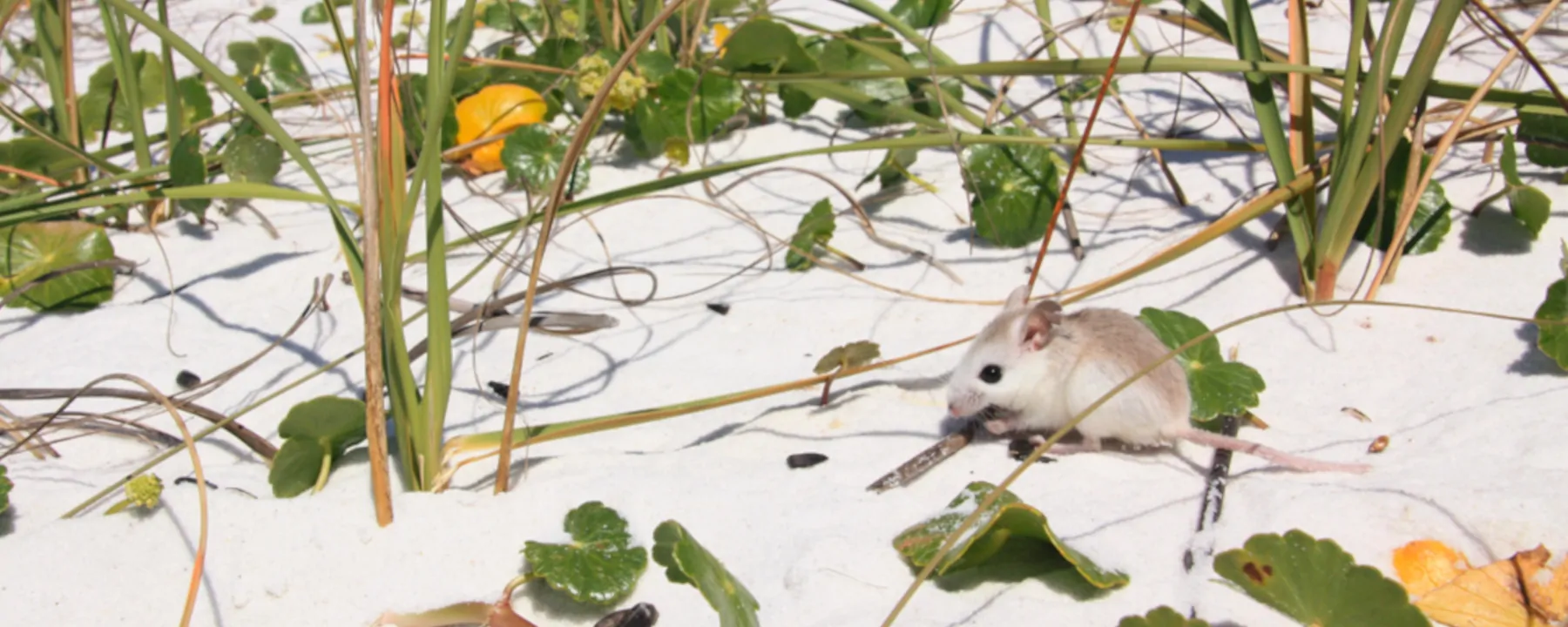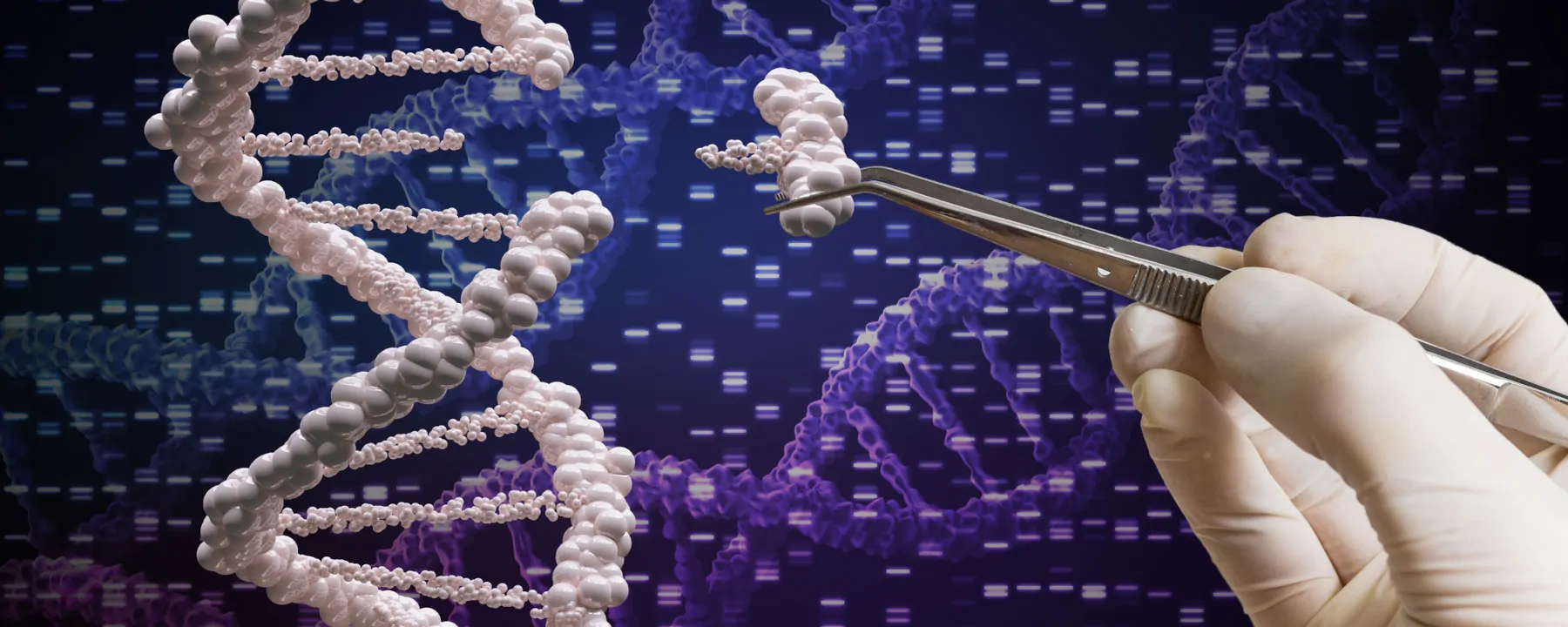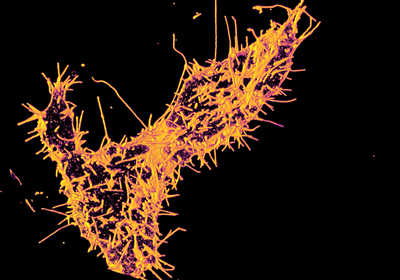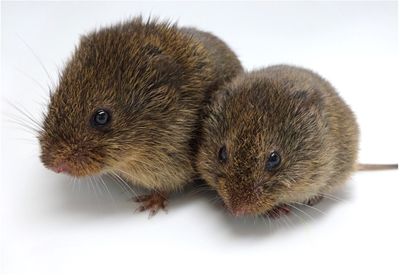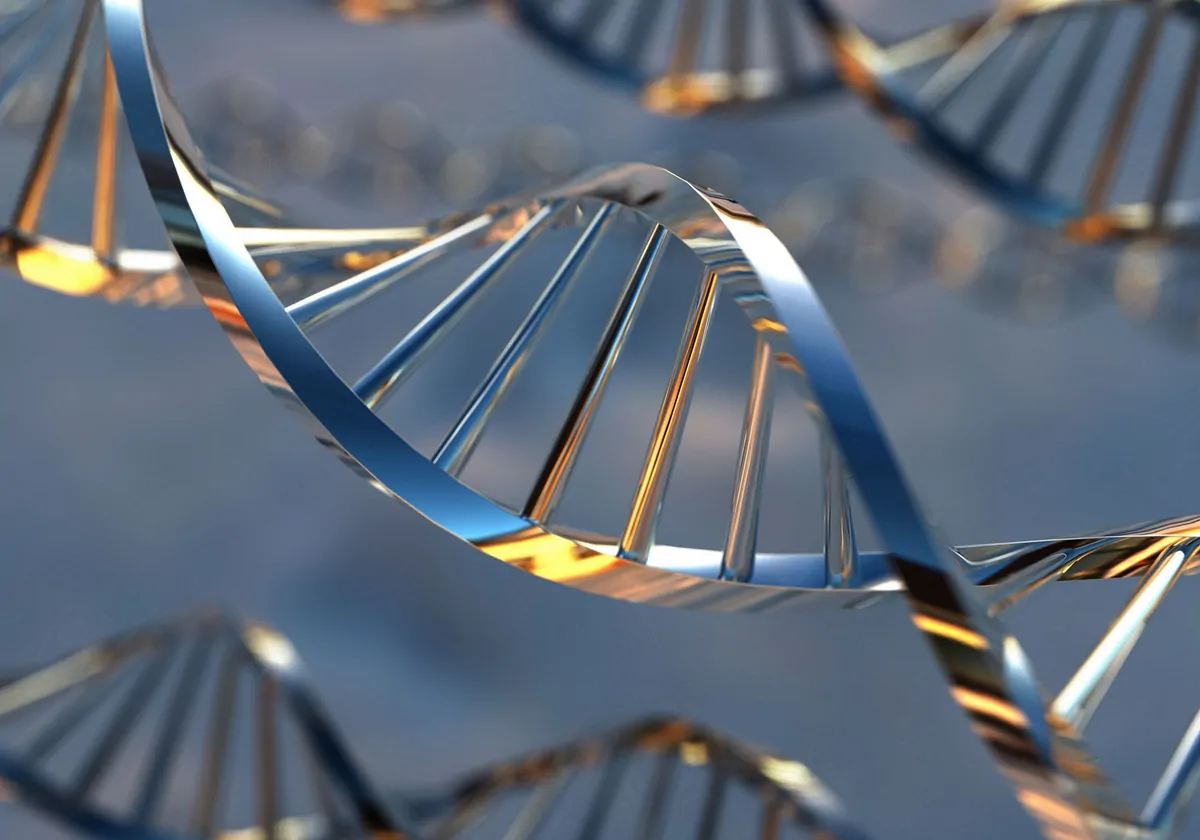The DNA fragments collected from permafrost in northern Greenland unlock insights into an ancient ecosystem.
DNA fragments recovered from an ice sheet in northern Greenland represent the oldest DNA ever found, a group of Danish scientists report today (December 7) in Nature. The team dates the samples to around 2.4 million years ago, making the DNA sequenced nearly twice the age of the previously oldest DNA, which was recovered from a Siberian mammoth bone.
“It’s a tour de force. Simply astounding,” Ross MacPhee, a paleontologist at the American Museum of Natural History who was not involved with the work, tells Science.

A researcher prepares a sediment core for sampling in Copenhagen
COURTESY OF NOVA, HHMI TANGLED BANK STUDIOS & HANDFUL OF FILMS
A combination of the site’s soil composition and the plunging ice-age temperatures that began around 2.5 million years ago preserved the DNA, study coauthor Karina Sand, a geochemist at the Lundbeck Foundation GeoGenetics Centre at the University of Copenhagen, tells Science. The trick to obtaining sequences from such old samples were revised extraction protocols, the outlet explains, which allowed the team to pry ancient DNA from the quartz and clay in the sediment.
The fragments of ancient DNA found in the ice sheet came from more than 135 different species, according to The New York Times. DNA fragments collected from the environment are known as environmental DNA, or eDNA, and are often used to monitor species’ presence and abundance in modern ecosystems. The Danish scientists used the ancient fragments to do the same thing, analyzing the DNA in order to determine which species were in the 2.4 million-year-old ecosystem.
See “Warming Climate Hurt Megafauna?”
The researchers found DNA from traditional Arctic inhabitants such as reindeer, lemmings, and Arctic hares. But to their surprise, they also found modern species that no longer exist in Greenland and extinct species that wouldn’t normally be associated with the region. Among the modern species detected were poplar and birch trees as well as horseshoe crabs, none of which still live that far north. “No one would have predicted an ecosystem like this,” Eske Willerslev, a paleogeneticist at the University of Cambridge who led the study, tells Science. “It’s an ecosystem with no analog in the present day.”
One of the most surprising findings is the discovery of DNA of an undocumented branch of mastodons, Love Dalén, a paleogeneticist from Stockholm University who wasn’t involved with the research, tells the Times. Previously, he says, the mastodon DNA found closest to the Greenland site was located much further south in Canada and was much younger at only 75,000 years old.
See “Mastodons on the Move”
“It feels almost magical to be able to infer such a complete picture of an ancient ecosystem from tiny fragments of preserved DNA,” Beth Shapiro, a paleogeneticist at the University of California, Santa Cruz who wasn’t involved with the research, tells the Times.
The findings are further confirmation of the value of eDNA and the vast potential of ancient DNA to unlock new insights into the prehistoric world, Willerslev tells Science. MacPhee concurs, telling the magazine that it’s now “possible to see a future in which what we now call paleontology all happens in a molecular biology lab.”

